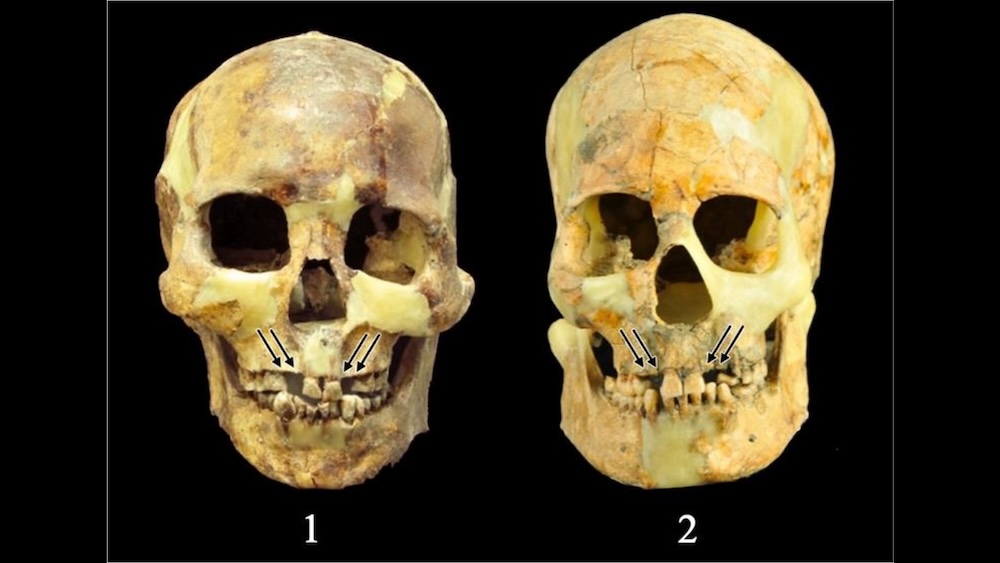
Archaeologists now have a better understanding of why ritual tooth removal was practiced in ancient Taiwan and other parts of Asia — and it wasn't because people had bad teeth.
While tooth ablation has been documented among groups worldwide, it was most commonly associated with the first Austronesian communities, which included people in Taiwan, Southeast Asia and Polynesia. The procedure was first introduced in this area about 4,800 years ago, during the Neolithic period, and continued until the early 20th century, according to a study published in the December 2024 issue of the journal Archaeological Research in Asia.
It involved the pulling of otherwise-healthy teeth, including the incisors and canines, without the use of anesthesia. Afterward, the cavities would be filled with ash to inhibit bleeding and inflammation.
After gathering data from more than 250 archaeological sites across Asia, researchers found that 47 contained burials from the Neolithic (4,800 to 2,400 years ago) to the Iron Age (2,400 to 400 years ago) in which the deceased had missing teeth. The practice was equally spread across males and females. However, by the 1900s, it was more common among the latter group. And it wasn't just adults who had dental work; children got it, too.
The main reason people underwent this procedure was cosmetic — for "aesthetic expression," the researchers said. They determined this based on examples given in historical literature and more modern documentation.
Related: Analysis of ancient teeth questions theory that Native Americans originated from Japan
"The first and most frequently mentioned motivation was beautification, arising from a desire to distinguish oneself from the facial features of animals, as well as to enhance personal attractiveness, in particular to the opposite sex," the authors wrote in the study. "An interesting testimony underscored the pursuit of the sight of a crimson tongue peeking through the gap of bright teeth."
The researchers also think that having teeth extracted would have been viewed as a "test of courage" — as anyone who has had substantial dental work can attest — as well as a preventive measure.
In addition, "Local people believed that ablating the teeth could reduce pain from tattooing or alleviate difficulty in pronunciation," the authors wrote. "In many cases, the visible result was viewed as proof of bravery or a measure of maturity."
Another reason, taken from ethnological records from Borneo and historical descriptions from southwestern China, may be that if a person had lockjaw, a pulled tooth would have made it possible to give them nourishment and medicine.
"This most pragmatic life-saving rationale of tooth ablation may explain its persistence, despite the painful procedure," the researchers wrote in the study. "Although instances of lockjaw may have been rare, the preventative care of tooth extraction outweighed the deadly prospects."







